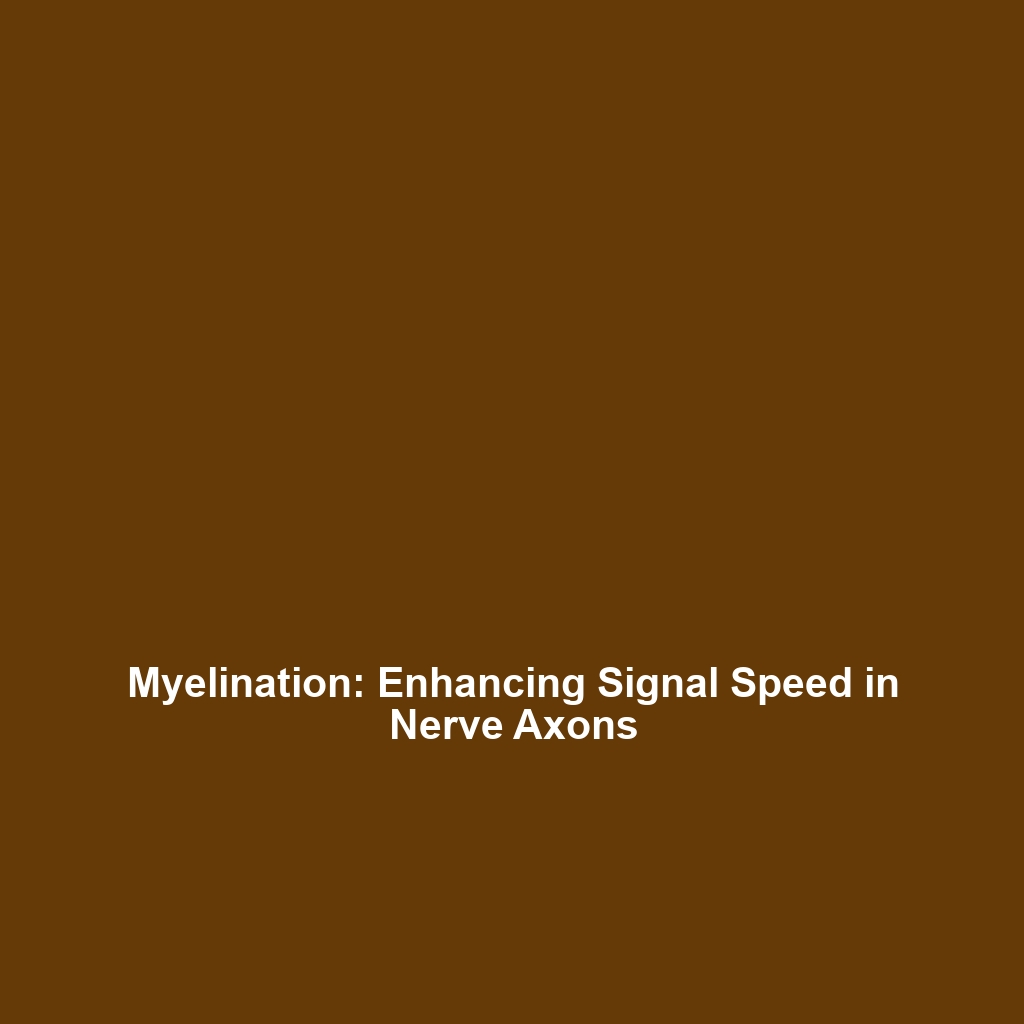Types of Glial Cells: Astrocytes, Oligodendrocytes, Microglia, and Schwann Cells
Category: Biomechanics
Introduction
Glial cells play a crucial role in maintaining the health and functionality of the nervous system. Among these cells are astrocytes, oligodendrocytes, microglia, and Schwann cells, each serving distinct yet interrelated functions. Understanding these cell types is significant within the broader context of biomechanics, as they influence neural repair, nerve signal transmission, and overall biomechanical functions of tissues. In this article, we will explore the types of glial cells, their key concepts, applications in biomechanics, challenges faced in research and application, and future directions for innovations.
Key Concepts
Astrocytes
Astrocytes are star-shaped glial cells that support neuronal health by maintaining extracellular ion balance, providing nutrients, and participating in the blood-brain barrier formation. Their mechanical properties are vital in influencing the stiffness and elasticity of brain tissue, impacting neural dynamics and biomechanics.
Oligodendrocytes
Oligodendrocytes are responsible for producing myelin sheaths that insulate neuronal axons, enhancing electrical signal transmission. Their role in increasing nerve conduction velocity is a fundamental biomechanical property influencing the overall efficiency of nervous system responses.
Microglia
Microglia act as the primary immune defense in the central nervous system, responding to injury or disease by removing debris and modulating inflammatory responses. Their mechanical interaction with other cells can impact tissue remodeling and regenerative biomechanics.
Schwann Cells
Found in the peripheral nervous system, Schwann cells also produce myelin and play a crucial role in nerve regeneration after injury. Their properties enable the efficient repair of neural tissues, a key aspect of biomechanics in recovery and rehabilitation.
Applications and Real-World Uses
The types of glial cells have various applications in biomechanics:
- Neurological Rehabilitation: Understanding astrocyte and Schwann cell functions aids in developing therapies for spinal cord injuries and neurological diseases.
- Biomaterials: Knowledge of microglial activity is critical in designing materials for neural interfaces that promote optimal biomechanical integration.
- Drug Delivery Systems: Leveraging oligodendrocyte involvement can lead to novel strategies for targeted drug delivery in neurological disorders.
Current Challenges
Several challenges exist in studying or applying these glial cells within biomechanics:
- Lack of Model Systems: There are limitations in creating accurate in vitro models to study the biomechanical properties of glial cells.
- Diverse Functions: The multifaceted roles of glial cells complicate the development of targeted therapies for neurological ailments.
- Regulatory Issues: Biomechanical applications involving glial cells often face regulatory hurdles that can delay research and development.
Future Research and Innovations
Future research on glial cells promises several innovations in biomechanics:
- Stem Cell Therapy: Advancements in utilizing glial cells for regenerative medicine could revolutionize treatment approaches for injuries and neurodegenerative diseases.
- Biomechanical Modeling: Sophisticated computational models incorporating glial cell mechanics will enhance our understanding of the nervous system.
- Bioengineering: Developing bioengineered tissues that integrate glial cells may advance towards more effective prosthetics and neural interfaces.
Conclusion
In summary, the types of glial cells—astrocytes, oligodendrocytes, microglia, and Schwann cells—play vital roles within biomechanics, affecting neural function, repair, and overall tissue mechanics. As research advances, we can anticipate new therapies and technologies that harness these cells’ capabilities for innovative applications. For further reading on related topics, consider exploring our articles on neural biomechanics and tissue engineering.

